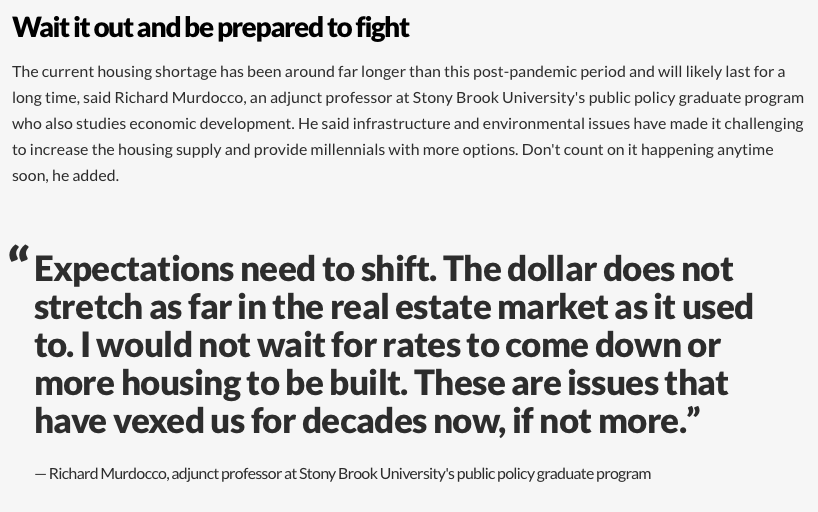What follows is an introduction to Long Island’s groundwater system. In order to craft sound policy, it is crucial for the public to have access to data that helps inform the policymaking process.
Long Island is unique in that we get our drinking water from the very ground beneath our feet. We do not pump our lakes, rely on reservoirs, or even pipe our drinking water from upstate New York or Connecticut. Every last drop of our potable water comes from a series of aquifers anywhere from ten to hundreds of feet below ground. Many people upon hearing this imagine an exotic series of tunnels and caverns with massive rivers and lakes that supply our water. In reality, our aquifer system is much simpler a concept to wrap one’s mind around.
Imagine three layers of sand and sediment that was left behind after the glaciers receded thousands of years ago. Each of these layers is separated by a clay “lens”. Each layer, proceeding from the shallowest, to the deepest, is named and has different characteristics. The Upper Glacial, followed by the Magothy, and finally, the Lloyd Aquifers all make up Long Island’s groundwater system.
Source: Suffolk County Water Authority
To visualize how the system works, picture a bowl of marbles. Now pour some water into this marble filled bowl. The marbles represent the gravel, sands, clays and sediment, and the water is suspended in between this particulate. This is how our drinking water is stored.
Long Island’s aquifers were designated by the Environmental Protection Agency (EPA) as one of the nation’s first Sole Source Aquifer System in 1978. This designation paved the way for many groundbreaking studies that set the policy precedent for countless other muncipilities to follow, as well as set the template of future applications of both environmental science and planning in order to protect drinking water sources.
The aquifer system is replenished by the rain and snowstorms that Long Island experiences each and every year. When the rain falls, the water either runs off into the Long Island Sound to the North, the Great South Bay to the South, or is absorbed into the ground. Different areas on Long Island have different rates in which the water is absorbed into the ground. The areas with the highest rates of absorption, or percolation as it’s called, were identified and recommended for protection in the 1978 Long Island Comprehensive Waste Treatment Management Plan (which is referred to in many documents and policies since as the 208 Study). Building on the 208 Study was 1992’s called Special Groundwater Protection Area Studyby the Long Island Regional Planning Board. The areas identified by both studies are now mostly protected open space throughout Suffolk County, and are critical for groundwater recharge.
Some Interesting Facts:
Groundwater, once underground, moves at a rate of one to three feet a day. North of the Long Island Expressway, the groundwater moves northward to the Long Island Sound. South of the LIE, the water moves towards the Great South Bay. The age of water varies. Near the top of Magothy aquifer, the water is about 10 years old. Down at the bottom of the Lloyd aquifer, the water can be up to 8,000 years old![2]
In Suffolk County, the groundwater recharge in the area is about 990 million gallons per day (MGD). In Nassau, recharge into the groundwater system is about 330 MGD. Total capacity for the aquifer system is about 70 trillion gallons.
Further Resources:
For more detailed information on the EPA, and the EPA’s Sole Source Designation, please click here: http://www.epa.gov/region4/water/groundwater/r4ssa.html
For more detailed analysis of the aquifer system from the New York State Department of Environmental Conservation (NYS DEC) please click here:
How Land Use Impacts Water Quality on Long Island
Since Long Island’s groundwater comes from the land beneath our feet, what is on top of the land directly affects the quality of the water returning to the aquifers. The water that is absorbed through a park or forest is much cleaner than the water that runs off a parking lot or industrial site and into a drain. On Long Island, the linkage between land use and water quality is very strong.
In Suffolk County, most residential and downtown areas do not have sewers, so the wastewater produced absorbs directly into the aquifer. Out on the East End, farmers use pesticides that seep into the groundwater. Both contaminate the shallow Upper Glacial aquifer, making it necessary to pump drinking water from the deeper Magothy aquifer.
In most of Nassau County, the wastewater is handled by sewers and sewage treatment plants. Often times, sewage treatment plants discharge either into the Long Island Sound or the Great South Bay. The prevalence of sewers ensures that the shallow aquifers are cleaner, but the amount of water being pumped out is significantly higher.
The amount of water use is directly related to land use. Residential areas generate lawns that need to be watered and wastewater. Farms demand irrigation and pesticides. In Suffolk County, most groundwater use is regulated by the Suffolk County Water Authority, while quality and land use is monitored by the Suffolk County Department of Planning, and the Department of Health Services. In Nassau, there is less regulation of water resources, and a multitude of water authorities. While both Counties share the same aquifer system, the challenges are different. This is due to differences in population density, the presence of sewers, and different historic growth patterns.
Between the two Counties, there is no singular entity that shapes regional water policy on Long Island.
[1]http://www.dec.ny.gov/lands/36183.html
[2]http://www.geo.sunysb.edu/classes/GEO101handouts/long_island_groundwater.htmStony Brook University Geology Handout












I have to agree with everything in this post. Thanks for the useful information.Ground water